Topic: CEF
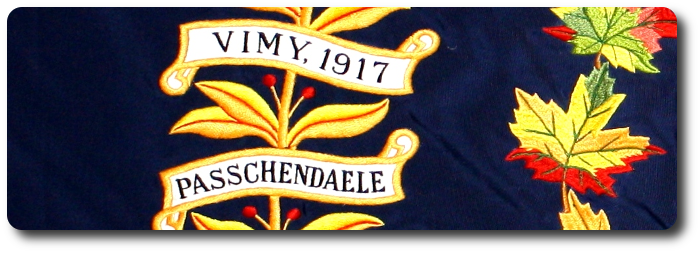
Perpetuation of the CEF
Work of Several Years
War Records of 600,000 Canadians Were Examined
The Montreal Gazette; 30 September 1929
(By Canadian Press)
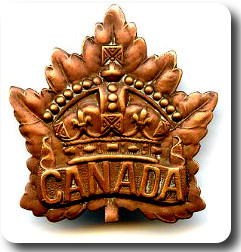
Conditions of Award of Battle Honours for The Great War 1914-1919
Ottawa, September 29.—Final approval has now been secured from His Majesty the King for the emblazoning of the regimental colour of Canadian permanent and non-permanent active militia units the honours won by those regiments during the World War. At present 68 regiments have been given definitive sanction to embroider those honours on their colour, and in due course the remainder of the militia will receive authority according to the qualifications of the regiments concerned. Thus a question that has consumed several years, and that has involved little short of scanning the war records of every one of the 600,000 Canadians who served in the Canadian Expeditionary Force, is settled once and for all. Every one of the "fighting" battalions of the Canadian Corps—50 in all—is perpetuated in the non-active militia (exclusive of the three infantry regiments of the permanent force). The perpetuating unit, therefore, has been accorded the right to carry the honours won by its corresponding Canadian Corps battalion.
There were, however, 260 battalions raised for overseas, and practically every man of those saw active service in one or other of the "fighting" battalions. The problem of how to award honours to those militia regiments who perpetuate the 210 battalions that were broken up in England to reinforce the Corps was a thorny one. The solution was reached after many months of deliberation that where it could be shown that a minimum of 250 men from a reinforcing battalion participated in any engagement for which a battle honour was awarded, the militia regiment which perpetuates that battalion would be entitled to carry the honour on its colour. Inasmuch as the men from such battalions were not infrequently distributed in small drafts among a number of Canadian Corps battalions, the necessity of closely checking the movements of practically every man—or at least, every group of men—was obvious. It was also arduous and painstaking work.
Toronto and Ontario
Thirty-one Ontario militia regiments have been given authority to carry the Battle Honours in this, the first allotment made. These, together with the Canadian Expeditionary Force units they perpetuate, are:
The following Toronto regiments:
| The Mississauga Horse | (4th Canadian Mounted Rifles) |
| The Queen's Own Rifles | (83rd, 95th, 166th and 255th Battalions, C.E.F.) |
| The Royal Grenadiers | (58th Battalion, C.E.F.) |
| The 48th Highlanders | (15th and 134th Battalions, C.E.F.) |
| The Queen's Rangers, 1st American Regiment | (20th and 35th Battalions, C.E.F.) |
| The Toronto Scottish | (75th, 84th and 170th Battalions, C.E.F.) |
The following city and country regiments:
| The Canadian Fusiliers, of London | (1st, 33rd and 142nd Battalions, C.E.F.) |
| The Royal Hamilton Light Infantry, of Hamilton | (4th and 204th Battalions, and The 86th Machine Gun Battalion, C.E.F.) |
| The Argyll and Sutherland Highlanders of Canada, Hamilton | (19th Battalion, C.E.F.) |
| The Princess of Wales Own Regiment, of Kingston | (21th Battalion, C.E.F.) |
| The Dufferin Rifles of Canada, Brantford | (4th, 36th and 125th Battalions, C.E.F.) |
| The Peterborough Rangers, Peterborough | (2nd Battalion, C.E.F.) |
| The Ottawa Highlanders, Ottawa | (38th Battalion, C.E.F.) |
| The Essex Scottish, of Windsor | (18th, 99th and 241st Battalions, C.E.F.) |
| The Lake Superior Regiment, of Port Arthur, Ont. | (52nd and 141st Battalions, C.E.F.) |
| The Ontario Regiment, of Oshawa | (116th and 182nd Battalions, C.E.F.) |
| The Halton Rifles, of Georgetown | (37th Battalion, C.E.F.) |
| The Oxford Rifles, of Woodstock | (71st and 168th Battalions, C.E.F.) |
| The Elgin Regiment, of St. Thomas | (91st Battalion, C.E.F.) |
| The Sault Ste. Marie Regiment, of Sault Ste. Marie | (119th and 227th Battalions, C.E.F.) |
| The Northern Pioneers, of Huntsville | (122nd Battalion, C.E.F.) |
| The Wentworth Regiment, of Dundas | (129th Battalion, C.E.F.) |
| The Middlesex Light Infantry, of Strathroy, Ont. | (135th Battalion, C.E.F.) |
| The Grey Regiment, of Owen Sound | (147th Battalion, C.E.F.) |
| The Bruce Regiment, of Walkerton | (160th Battalion, C.E.F.) |
| The Huron Regiment, of Goderich | (161st Battalion, C.E.F.) |
| The Lincoln Regiment, of St. Catharines | (176th Battalion, C.E.F.) |
| The Simcoe Foresters, of Barrie | (177th Battalion, C.E.F.) |
| The Kent Regiment, of Chatham | (186th Battalion, C.E.F.) |
Typical Honour List
Only ten battle honours of the War can be embroidered on the regimental colour, irrespective of how many the unit concerned may be entitled to. Regiments, however, are credited with all honours in the Militia List. Those which are borne on the colour appear in the Militia List in heavy type, while those not carried on the colour are printed in ordinary light-face type. An illustration of this is furnished in the Peterborough Rangers, for example, which perpetuates the 2nd Canadian Infantry Battalion. The battles in capital letters will be carried on the colour, while those in small letters are credited only in the Militia List, as follows:
"YPRES, 1915, '17, Gravenstafel Ridge, ST JULIEN, FESTUBERT, 1915, Mount Sorrel, SOMME, 1916, Pozieres, Flers-Courcelette, Ancre Heights, ARRAS, 1917, '18, VIMY, 1917, Arleux, Scarpe, 1917, '18, HILL 70, PASSCHENDAELE, Amiens, Scarpe, 1918, Drocourt-Queant, HINDEBURG LINE, Canal du Nord, Pursuit to Mons, FRANCE AND FLANDERS, 1915-18"


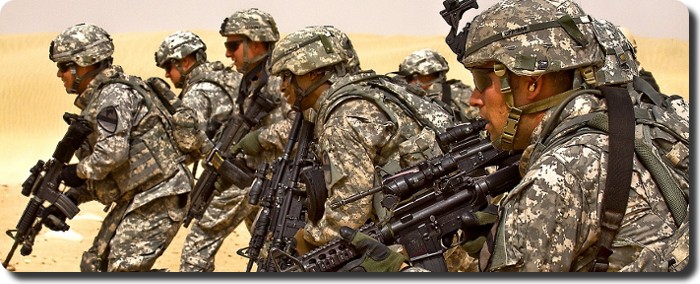
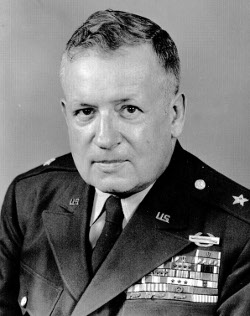

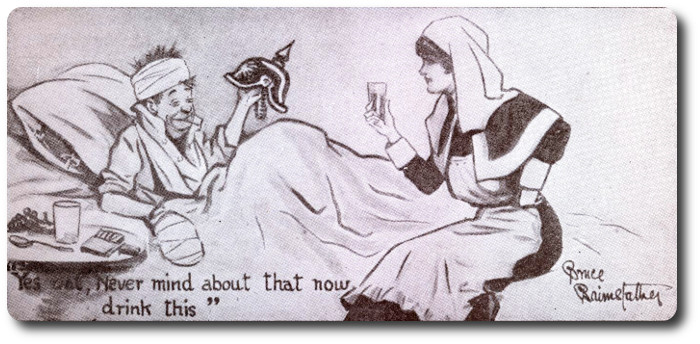
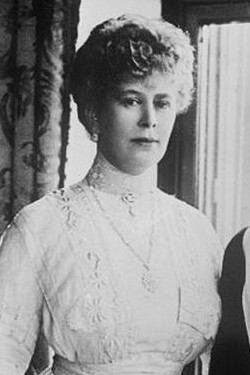
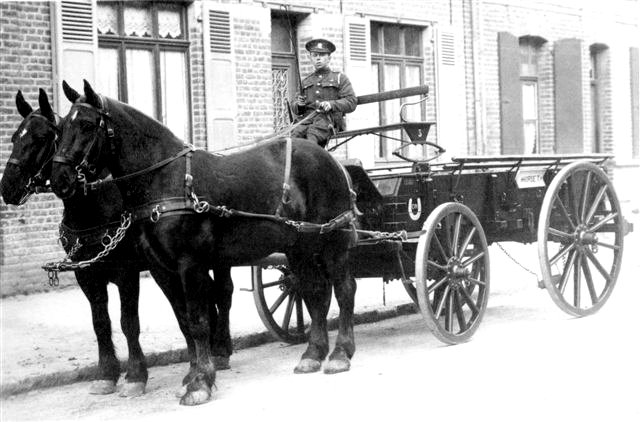
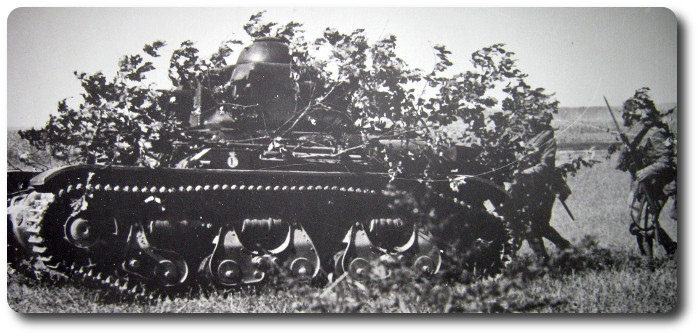
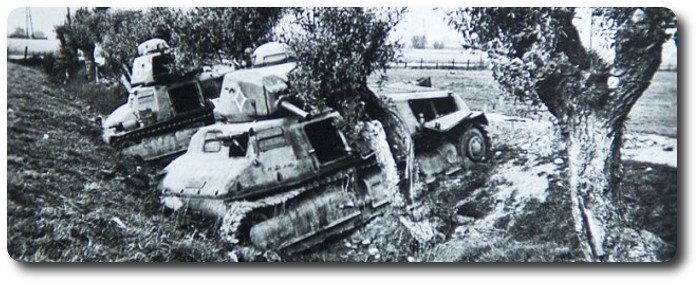
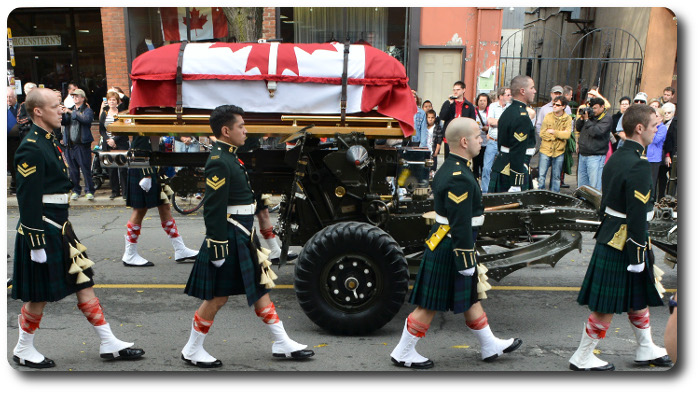
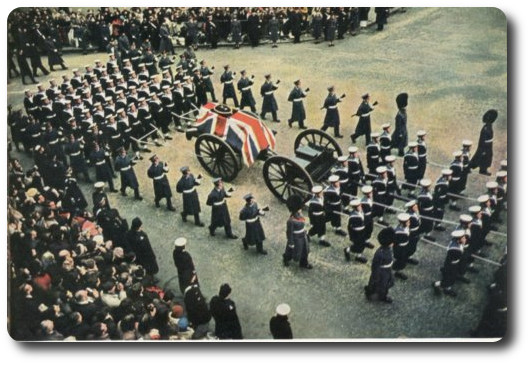
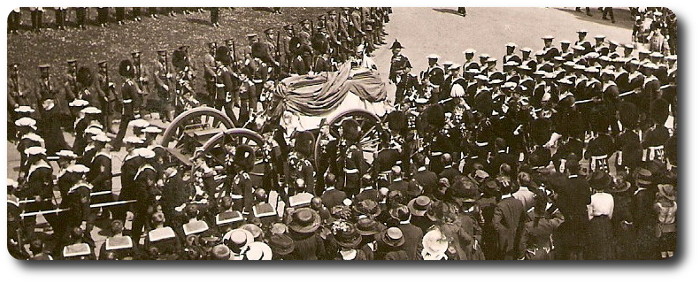
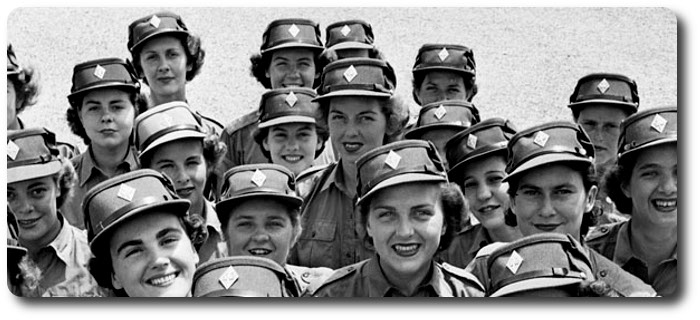
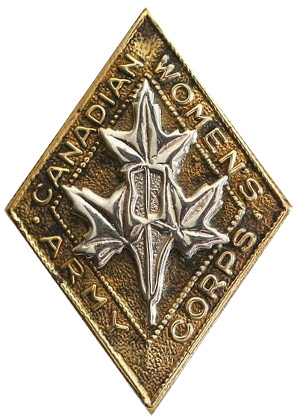 Wide World Feature
Wide World Feature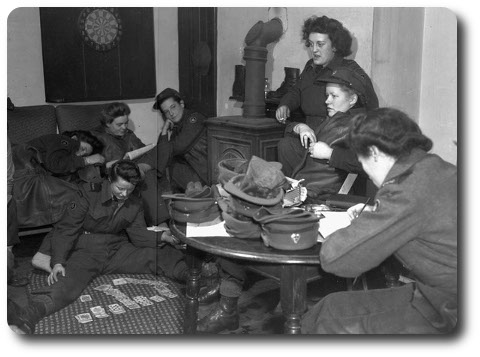
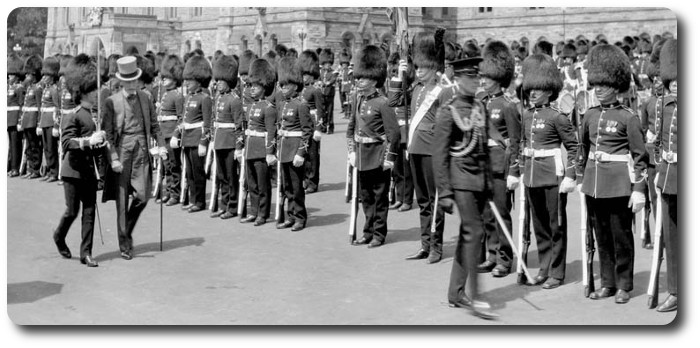
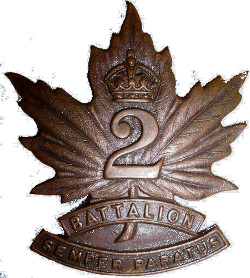 Ottawa Citizen, 18 Dec 1931
Ottawa Citizen, 18 Dec 1931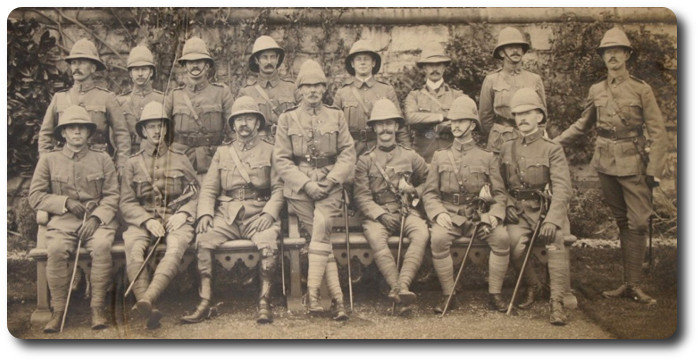
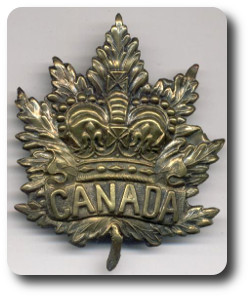 The Daily Mail and Empire; Toronto, 19 October 1899
The Daily Mail and Empire; Toronto, 19 October 1899
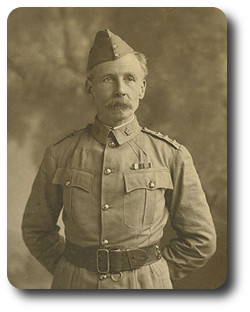 Non-commissioned officers and men serving in the R.C.R.I. and R.C.A. (garrison division) who wish to volunteer for special services in South Africa will send their names to the officer commanding their company, who will have them medically inspected. The names of men passed as fit will be at once communicated by the officers commanding companies to Lieut.-Col. Otter, Toronto, who will allot them to the companies of the special service force according to his judgment.
Non-commissioned officers and men serving in the R.C.R.I. and R.C.A. (garrison division) who wish to volunteer for special services in South Africa will send their names to the officer commanding their company, who will have them medically inspected. The names of men passed as fit will be at once communicated by the officers commanding companies to Lieut.-Col. Otter, Toronto, who will allot them to the companies of the special service force according to his judgment.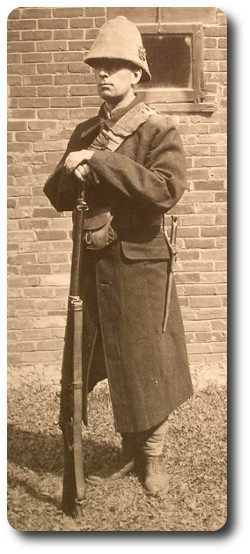 Another order issued to-night states that a grant of $125 will be given to officers of the force towards defraying expenses of outfit. An advance of pay to the amount of $60 will also be allowed. Cheques for these amounts will be forwarded.
Another order issued to-night states that a grant of $125 will be given to officers of the force towards defraying expenses of outfit. An advance of pay to the amount of $60 will also be allowed. Cheques for these amounts will be forwarded.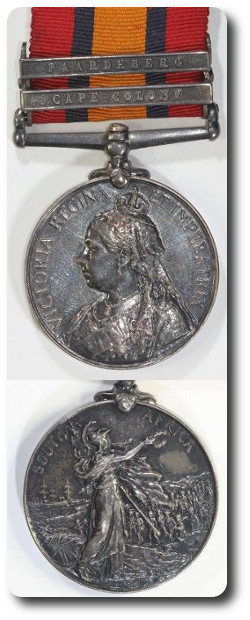 The Officers
The Officers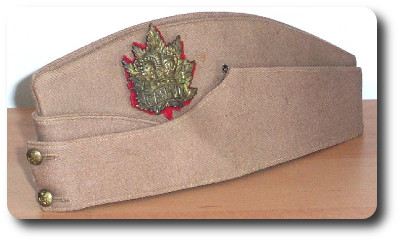

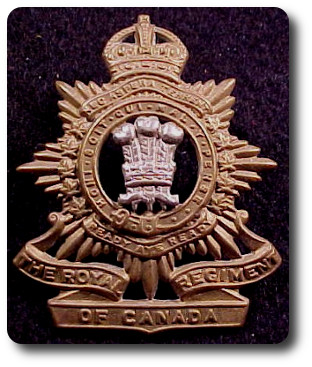
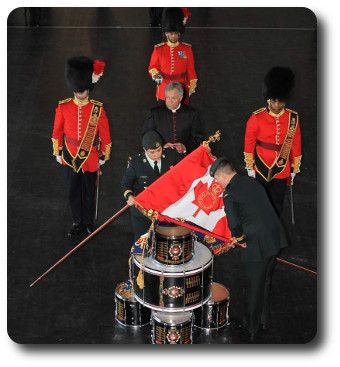
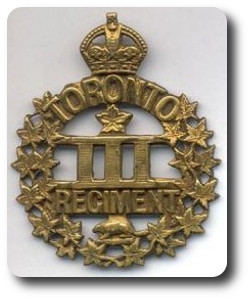 Ottawa Citizen; 2 July 1941
Ottawa Citizen; 2 July 1941 Brilliant color and stirring martial music was provided by the Royal Marines Band.
Brilliant color and stirring martial music was provided by the Royal Marines Band.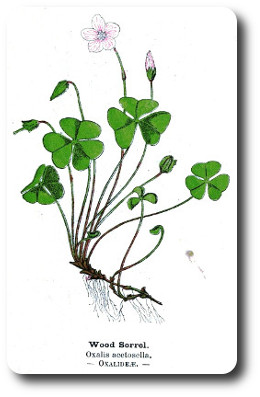 Presents Sorrel
Presents Sorrel

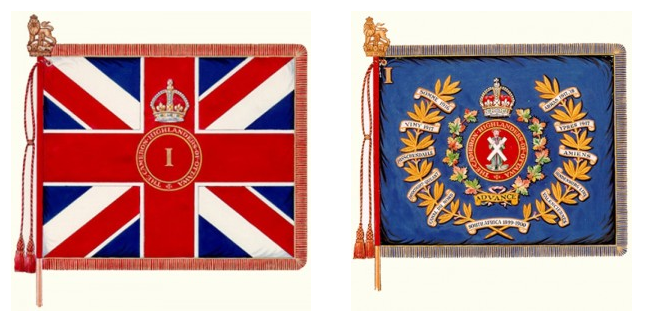
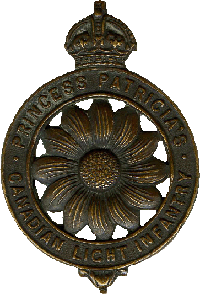 Heading the supplementary list is a the
Heading the supplementary list is a the 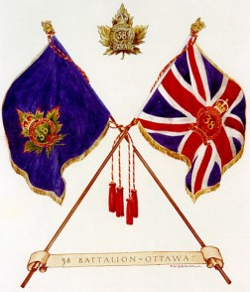

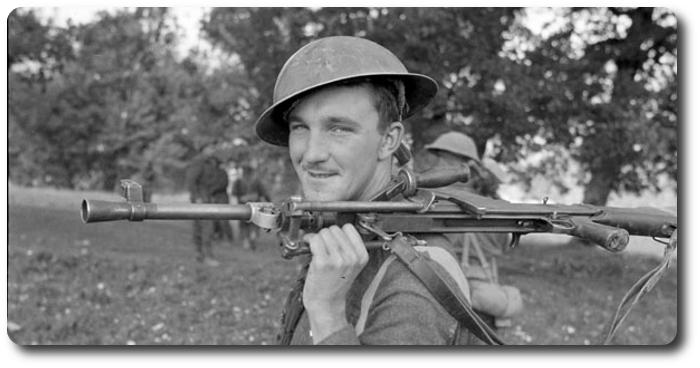
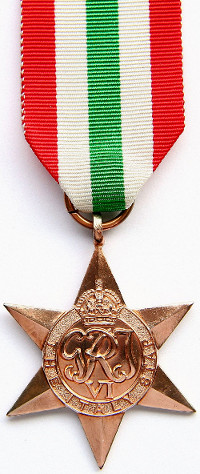 With the Canadians in Sicily, Aug. 31,—(CP)—Canada's P.B.I. (poor bloody infantry) came through with the goods in the
With the Canadians in Sicily, Aug. 31,—(CP)—Canada's P.B.I. (poor bloody infantry) came through with the goods in the 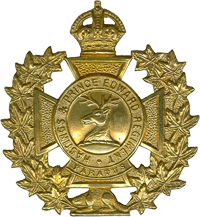 The most spectacular infantry exploit was probably the storming of the Assoro cliffs by the
The most spectacular infantry exploit was probably the storming of the Assoro cliffs by the 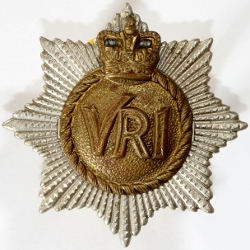


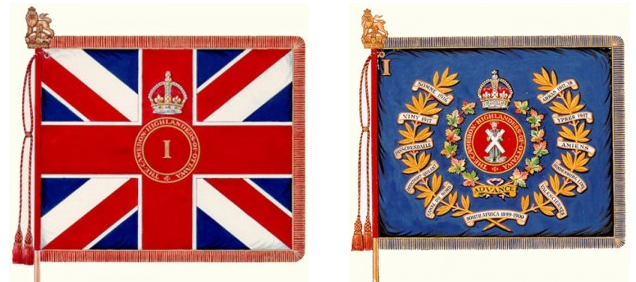

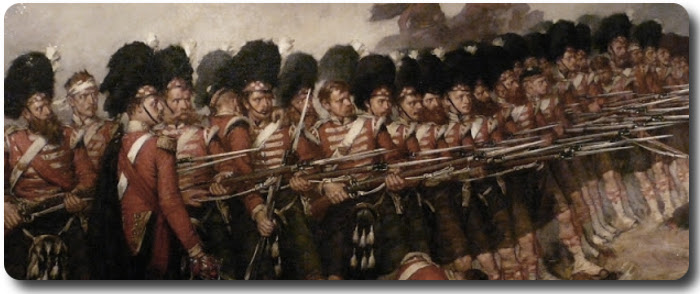
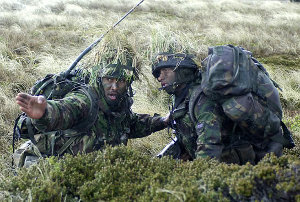 In this country of all countries, the infantry has been the weapon par excellence. When we think of the
In this country of all countries, the infantry has been the weapon par excellence. When we think of the 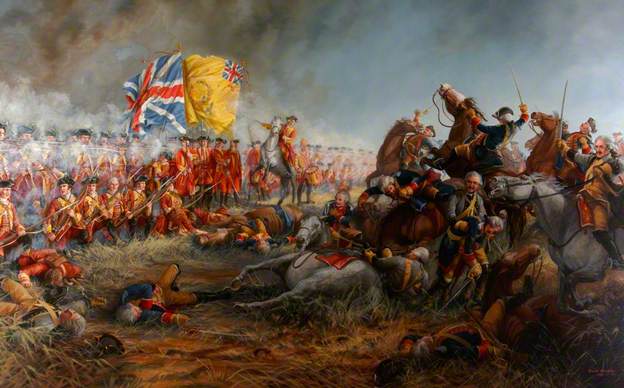
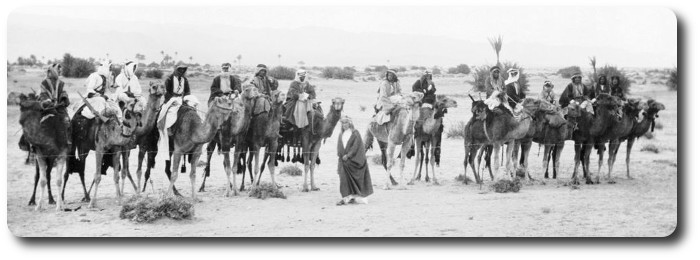
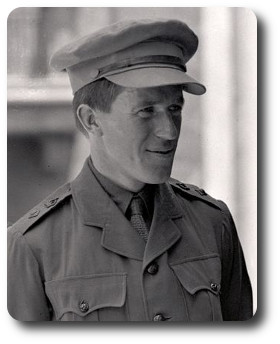 My camel, the
My camel, the 
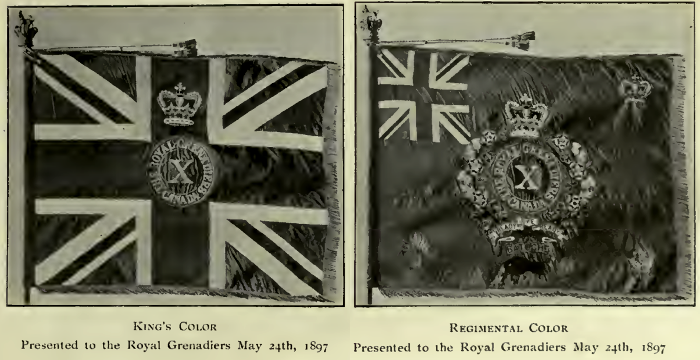
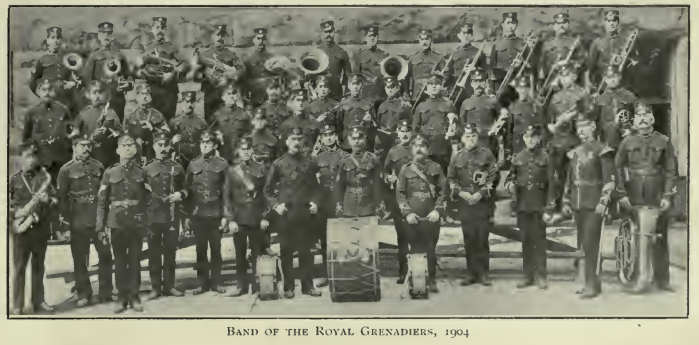
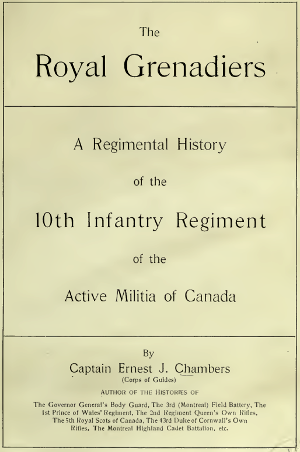 November 13th, 1898, is a date possessing special interest for the Royal Grenadiers, as the one upon which the regiment deposited their old colors with all due honor in St. James' Cathedral. The presence of his Lordship the Bishop of Toronto, the Rector, the Right Rev. Dr. Sullivan, and an array of Canons in their stately robes, the brilliant colors of the uniforms, the impressive formula, all tended to great solemnity; and when the treasured colors, their brilliancy dimmed by the battle and the breeze, were received at the chancel steps by His Lordship, the Bishop, while the organ played "Home, Sweet Home," emotion ran high and the tears were not far from the eyes of the staunchest soldier present. A touching reference by the Rector in his earnest address to the fallen heroes of the Northwest rebellion, drew many an eye to the brass tablet, wreathed in evergreen, and studded with white chrysanthemums, to the memory of Lieut. William Charles Fitch, "killed in action at Batoche," and to the one similarly wreathed, in token of remembrance, to Capt. Andrew Maxwell Irving.
November 13th, 1898, is a date possessing special interest for the Royal Grenadiers, as the one upon which the regiment deposited their old colors with all due honor in St. James' Cathedral. The presence of his Lordship the Bishop of Toronto, the Rector, the Right Rev. Dr. Sullivan, and an array of Canons in their stately robes, the brilliant colors of the uniforms, the impressive formula, all tended to great solemnity; and when the treasured colors, their brilliancy dimmed by the battle and the breeze, were received at the chancel steps by His Lordship, the Bishop, while the organ played "Home, Sweet Home," emotion ran high and the tears were not far from the eyes of the staunchest soldier present. A touching reference by the Rector in his earnest address to the fallen heroes of the Northwest rebellion, drew many an eye to the brass tablet, wreathed in evergreen, and studded with white chrysanthemums, to the memory of Lieut. William Charles Fitch, "killed in action at Batoche," and to the one similarly wreathed, in token of remembrance, to Capt. Andrew Maxwell Irving.